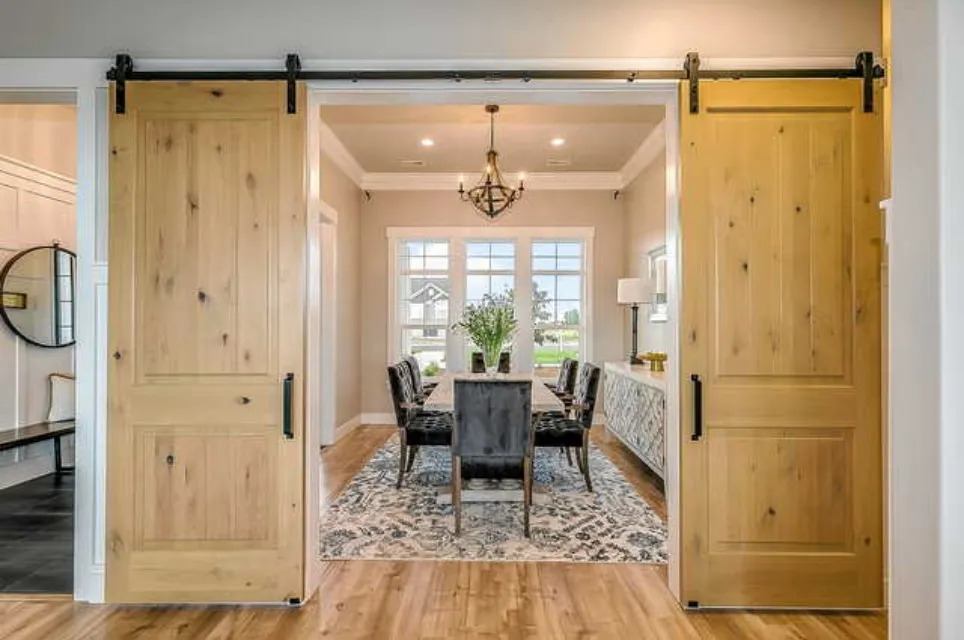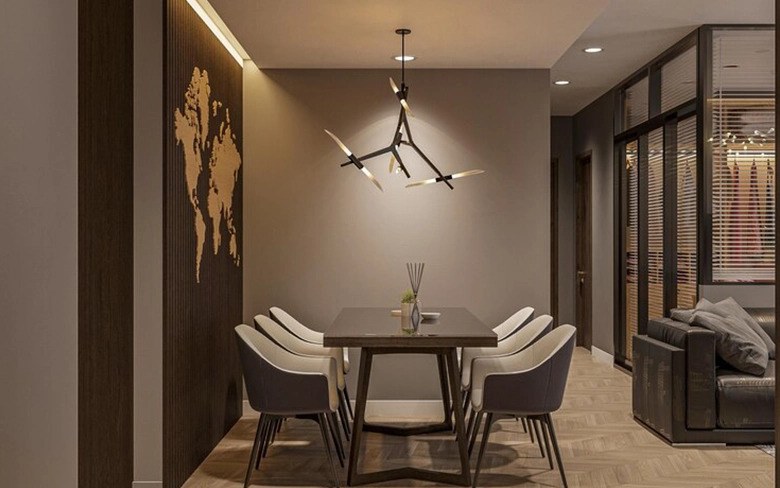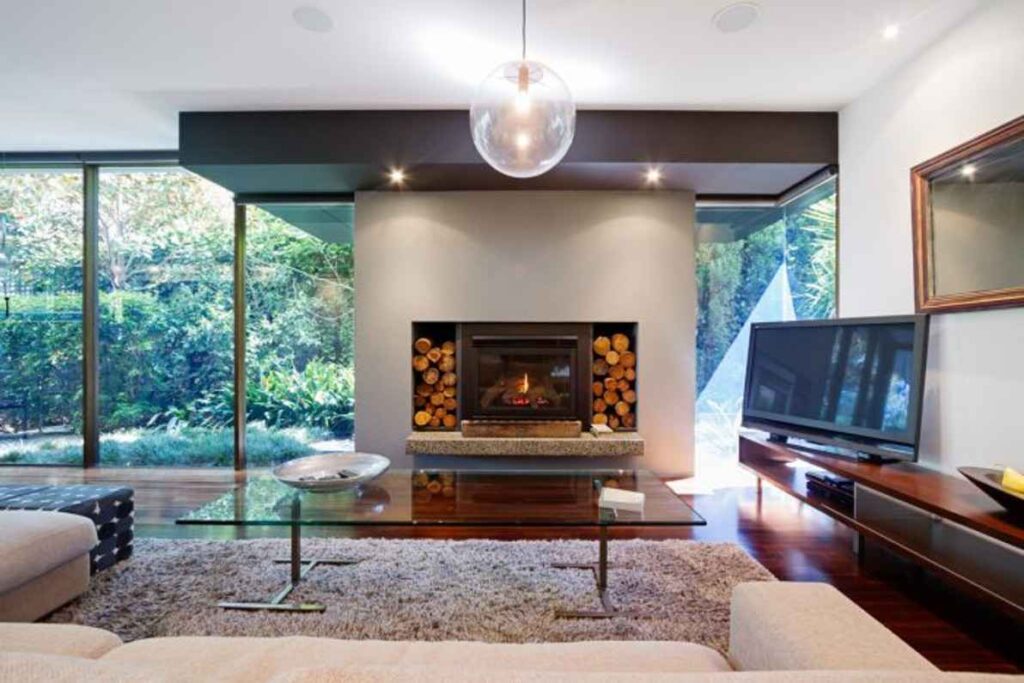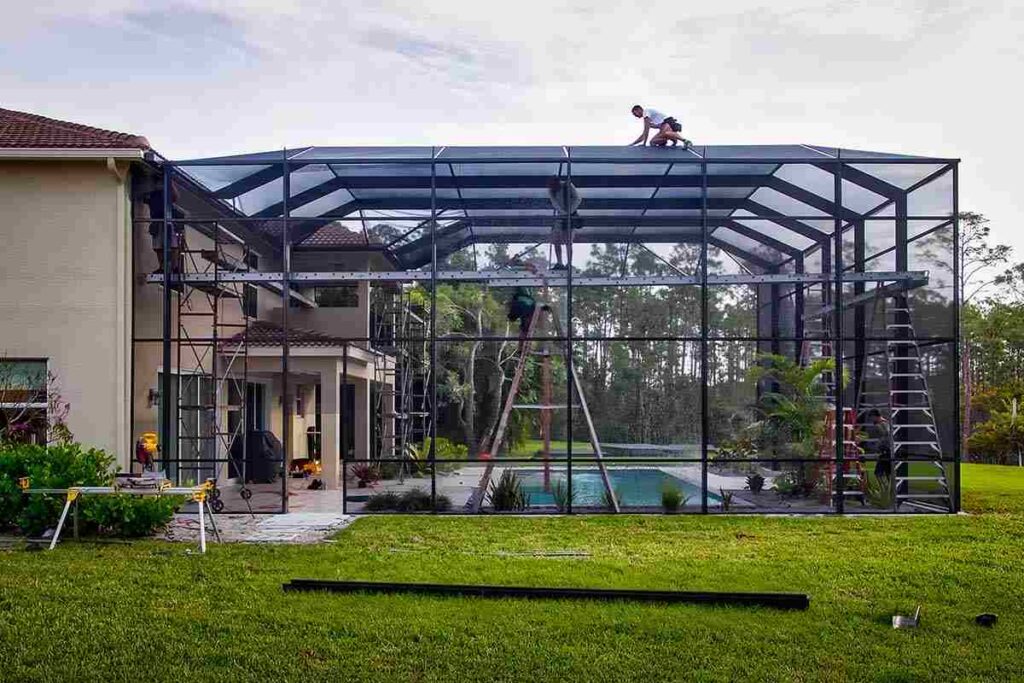Accent lighting can transform any space by highlighting its best features, but a few common mistakes can ruin the effect. Improper placement can create harsh shadows, while choosing the wrong bulb type may lead to mismatched tones or insufficient brightness. Forgetting dimmers or controls limits your ability to set the right mood. Uneven brightness can also make your room feel off-balance. That’s why working with professionals like Frederick Trimlight is a smart move—they specialize in custom lighting solutions to enhance your home beautifully. Avoid these pitfalls and enjoy accent lighting that adds warmth and style to your space.
Accent lighting is one of the best ways to elevate your space, creating a warm and inviting atmosphere while highlighting architectural features, artwork, or décor. However, even the smallest mistakes can make your lighting feel off or diminish the desired effect. Here, we’ll dive into common errors to avoid when installing accent lighting and how to ensure your setup is flawless.
1. Improper Placement of Fixtures

Improper placement of fixtures can ruin the effect of your lighting design, creating harsh shadows, uneven illumination, or failing to highlight key features. Placing lights too close or far from walls or objects can distort their appearance and diminish the ambiance. To avoid this, carefully plan fixture angles and positioning for balanced illumination. Trust professionals like Residential Lighting Services to ensure precise installation and optimal lighting placement, enhancing the beauty and functionality of your home.
Placement is everything when it comes to accent lighting. If fixtures are poorly positioned, they can create uneven lighting, harsh shadows, or fail to highlight the intended focal points.
Mistake: Installing fixtures too close or far from the wall or object being highlighted.
Solution: Determine the proper angle and distance for your lighting. For wall art, for example, position track or recessed lighting at a 30-degree angle to avoid glare or shadows.
2. Choosing the Wrong Bulbs
Not all bulbs are created equal, and selecting the wrong type can significantly impact the look and functionality of your lighting.
Mistake: Using bulbs with the wrong color temperature or brightness level.
Solution: For accent lighting, use warm white bulbs (2700K–3000K) to create a cozy ambiance or cooler tones (4000K–5000K) for modern spaces. Match the brightness (measured in lumens) to the space’s purpose without overpowering other lighting elements.
3. Overlooking Dimmers or Controls
Accent lighting isn’t just about illumination—it’s also about setting the mood. Without dimmers or smart controls, you lose flexibility.
Mistake: Installing lights with only one brightness level.
Solution: Add dimmers or smart lighting systems to customize the intensity of your accent lighting. This is especially useful in living rooms or bedrooms where lighting needs can vary throughout the day.
4. Neglecting Layered Lighting
Accent lighting should complement, not replace, other lighting layers like ambient and task lighting.
Mistake: Relying solely on accent lighting, leaving the room underlit or poorly balanced.
Solution: Combine accent lighting with a mix of overhead fixtures, lamps, or natural light to create a cohesive lighting design.
5. Ignoring Power Source Planning

Ignoring power source planning can lead to exposed cords, limited fixture placement, or costly adjustments after installation. Without proper planning, outdoor accent lighting may appear cluttered or inefficient. For Bowie homeowners, consider Outdoor Accent Lighting Tips like using solar-powered or low-voltage fixtures to simplify wiring and ensure safe, clean installations. Work with an electrician to strategically place power sources for a polished, functional design that highlights your landscaping, pathways, or architectural features without compromising safety or aesthetics.
Accent lighting often requires specific wiring or outlet placement. Failing to plan can lead to unsightly cords or expensive adjustments.
Mistake: Installing lighting without considering proximity to power sources.
Solution: Work with an electrician or lighting professional like Frederick Trimlight to ensure clean, hidden wiring and proper placement for your fixtures.
6. Mismatched Light Styles
Consistency is key in lighting design. Mismatched fixtures or light styles can disrupt the flow of your room.
Mistake: Mixing too many fixture types or finishes that don’t complement the room’s aesthetic.
Solution: Choose fixtures that align with your space’s style. For instance, sleek track lighting works well in modern homes, while wall sconces may suit more traditional spaces.
7. Underestimating Heat Emission
Some accent lighting, like halogen bulbs, can emit significant heat, which may damage walls, art, or furniture.
Mistake: Using high-heat bulbs near sensitive materials.
Solution: Opt for LED bulbs, which stay cool, are energy-efficient, and last longer than traditional bulbs.
8. Uneven Brightness Levels
Accent lighting should subtly enhance your space, but uneven brightness can draw unwanted attention to poorly lit areas.
Mistake: Using inconsistent bulb wattages or improperly spaced fixtures.
Solution: Plan the spacing and wattage of your fixtures to ensure uniform brightness across the room.
9. Overusing Accent Lighting
Overusing accent lighting can overwhelm a space, making it feel cluttered and chaotic rather than refined. Highlighting too many features dilutes the impact and can distract from key focal points. Instead, focus on a few standout elements to maintain balance and elegance. For businesses, partnering with experts like Commercial Lighting Services ensures a strategic lighting plan that enhances your space’s functionality and aesthetics. Their professional designs will help you avoid overuse and create a visually appealing environment.
While accent lighting is beautiful, overdoing it can make your space feel cluttered or overly dramatic.
Mistake: Highlighting too many elements, leaving no clear focal point.
Solution: Be selective about what you want to highlight. Choose one or two key features, like a fireplace or a piece of art, and let them shine.
10. Skipping Professional Installation
DIY lighting installations may seem tempting, but improper wiring or fixture placement can lead to safety hazards or costly mistakes.
Mistake: Attempting complex installations without proper knowledge or tools.
Solution: Trust experts like Frederick Trimlight, who specialize in custom lighting designs. Their experience ensures a professional, polished result that enhances your home.
Tips for Getting Accent Lighting Right
To avoid these mistakes and achieve stunning results, follow these tips:
Plan Ahead: Sketch out your lighting layout and consider the room’s purpose and focal points.
Test Before Committing: Use temporary lighting to see how different placements and angles look.
Invest in Quality Fixtures: Durable, well-designed fixtures may cost more upfront but will save you money and hassle in the long run.
Consider Smart Lighting: Systems like programmable LEDs give you greater control over color, brightness, and scheduling.
By avoiding these common mistakes and working with trusted professionals like Frederick Trimlight, you can create an accent lighting setup that enhances your home’s beauty and functionality. Whether you’re highlighting an art collection, emphasizing architectural features, or simply creating a cozy ambiance, the right approach will make all the difference.
FAQs
What are the disadvantages of accent lighting?
Accent lighting can be costly to install and maintain, especially if high-quality fixtures or professional installation are required. It may also increase energy consumption if not paired with energy-efficient bulbs like LEDs. Additionally, improper placement or overuse can create harsh shadows or overwhelm the space, detracting from the overall aesthetic.
What are the factors to consider in installing lighting fixtures?
When installing lighting fixtures, consider the purpose of the lighting—whether it’s for ambient, task, or accent purposes—as this determines the type and placement of fixtures. Evaluate the room’s layout and size to ensure even illumination and proper coverage without overcrowding the space. Lastly, factor in energy efficiency by choosing LED bulbs and smart controls to reduce long-term costs while maintaining flexibility in lighting intensity and ambiance.
What is the golden rule of lighting?
The golden rule of lighting is to use layered lighting by combining ambient, task, and accent lighting to create a balanced and functional space. This approach ensures that each area serves its purpose while maintaining a cohesive and inviting atmosphere. Additionally, consider the color temperature and brightness of your lights to complement the room’s design and enhance its mood.
How to place accent lighting?
To place accent lighting, focus on highlighting key features like artwork, architectural details, or focal points by positioning fixtures at a 30-degree angle to reduce glare and shadows. Ensure the light is properly distanced to evenly illuminate the target without overpowering it or creating hot spots. Use adjustable fixtures or dimmers to fine-tune brightness and achieve the perfect balance within the overall lighting design.
How do you know where to put an accent?
To determine where to place an accent, identify the focal points in your space, such as artwork, architectural features, or decorative pieces you want to highlight. Consider the natural flow of the room and areas that could benefit from added depth or visual interest. Test different placements and angles to ensure the accent draws attention subtly without overwhelming the surrounding design.
Conclusion
Accent lighting has the power to transform your space, adding depth, warmth, and personality. However, avoiding common mistakes like poor placement, mismatched bulbs, or neglecting dimmers is essential to achieve the desired effect. Planning ahead, using quality fixtures, and considering professional installation from experts like Frederick Trimlight can ensure your lighting setup is not only functional but also stunning. Whether you’re highlighting artwork, creating ambiance, or emphasizing unique architectural features, a well-thought-out approach will elevate your home. With the right lighting, your space can truly shine, showcasing its beauty and charm in the best light possible.



